Service commemorates ‘nobility, courage’ of ‘first and most important patients’
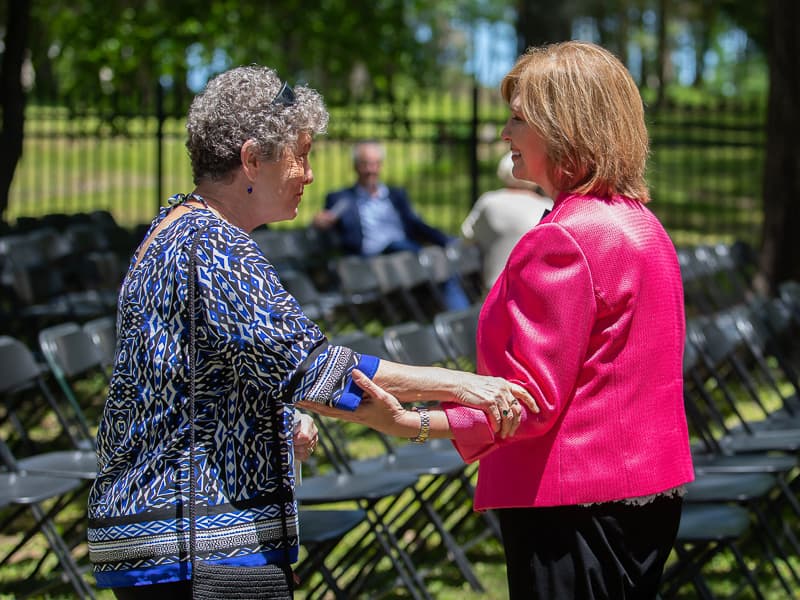
The students of Ernest Zenker won’t ever learn how he brought up two sons, or that he read every day of his life, that he was a petroleum engineer and liked to fish and fix things.
They won’t even learn his name. But, from him, and others like him, they can learn much about the structure of the human body, lessons that will stay with them throughout their lives.
Zenker is anatomical body donor, and as such was honored Wednesday on what would have been his 94th birthday.
His widow, Iva Farmer, traveled from her home in Hattiesburg to hear his name called during a Ceremony of Thanksgiving, held in his memory and those of 144 other anatomical donors, whose loved ones gathered under the trees of the UMMC Cemetery.
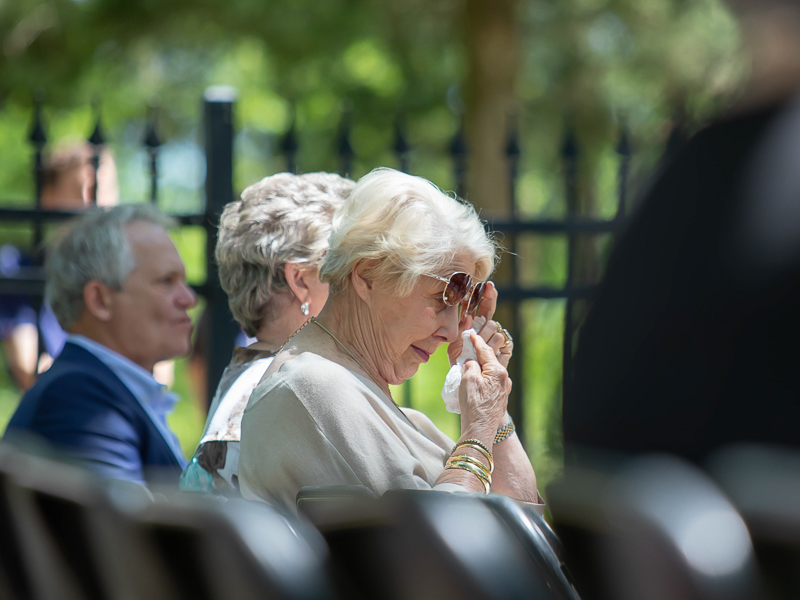
“Donating his body was something we thought was the right thing to do,” said Farmer, who sat with her sister-in-law, Carolyn Hudson of Perkinston. Farmer was married for 37 years to Zenker, whose sons are Joe Zenker of Nashville and John Zenker of New Orleans.
“My husband was older,” Farmer said, “but he was in excellent health until the last few years of his life; he had a heart valve replacement. So he knew the students could learn a lot from him.”
At the Medical Center, those who learn anatomy by studying a donated human body include future dentists, occupational therapists, physical therapists and physicians. Several were present Wednesday to thank the donors’ family members for the gift of their loved ones:
- Raven Jones of Heidelberg, occupational therapy: “ … [W]e want to honor their nobility, their courage, their love and sacrifice today… . Your loved one changed our world for the better.”
- Greer Blaylock of Eupora, physical therapy: “I believe that the men and women we honor here today have left a legacy that will allow future generations of health care professionals to take us to a level that we can only imagine.”
- Derrick Burt II of Jackson, dentistry: “ … [T]his has been a life-changing experience. We will remember … how blessed we were to be impacted by someone we’ll never get the chance to thank.”
- Chris Glasgow of Jackson, medicine: “I would like to think that our donors are not of the past, but are present with us now, … and they’ll be with us in the future, with every patient we see.”
Medical students Conner Ball of Madison, musician/singer, and Zachary Klopman of Clinton, violinist, expressed their gratitude through musical performances.
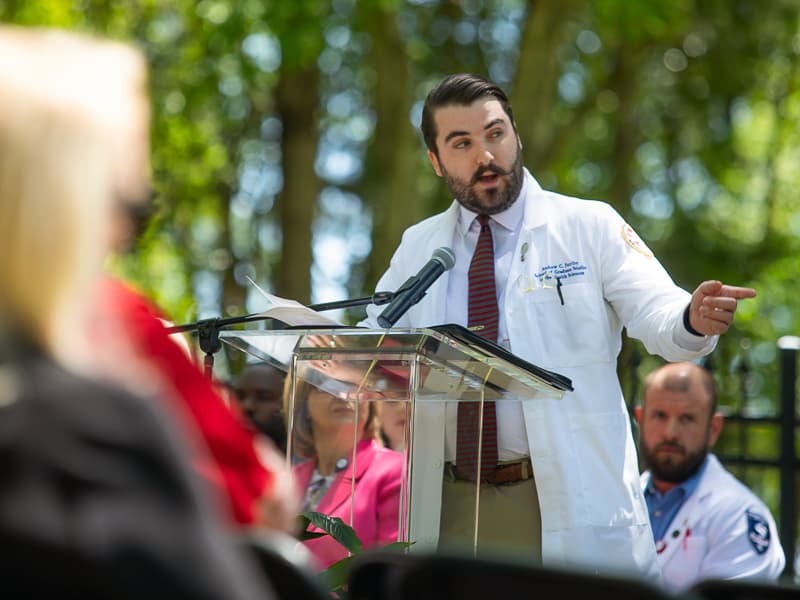
Also thanking the families was Andrew Ferriby of Flowood, a fourth-year clinical anatomy PhD student in the School of Graduate Studies in the Health Sciences (SGSHS), who noted the anonymous nature of their relatives’ donation.
“We didn’t learn much about who they were,” said Ferriby, who read aloud “Confessions of a Second Year Medical Student,” a poem written by an English medical student to her unnamed benefactor in the anatomy lab: … “Where had you gone? What had you seen? How did it feel? And, more importantly – who had you left behind?”
Leading the ceremony was Dr. LouAnn Woodward, vice chancellor for health affairs and dean of the School of Medicine. As the names of the donors were about to be called, she asked the families to add to their loved ones’ list of jobs and accomplishments “critical first patient” and “teacher.”
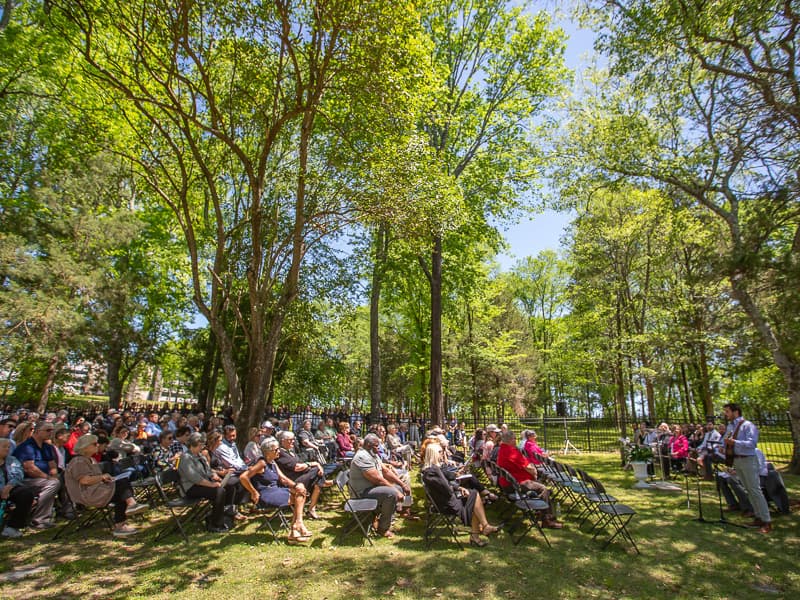
Reading the names from the roll of honor were students Katherine Robbins of Hattiesburg, occupational therapy, School of Health Related Professions (SHRP); Denver Haralson of Madison, physical therapy, SHRP; Malon Stratton of Ridgeland, dentistry; Allee Paxton of Inverness, medicine; and Kathryn Veazey of Jackson, clinical anatomy, SGHSHS; as well as Dr. Allan Sinning, professor and chair of neurobiology and anatomical sciences.
The Body Donation Program, which is administered by Sinning’s department, was suspended for about six months during the peak of the pandemic, said Dr. Yuefeng “Jordan” Lu, associate professor of neurobiology and anatomical sciences.
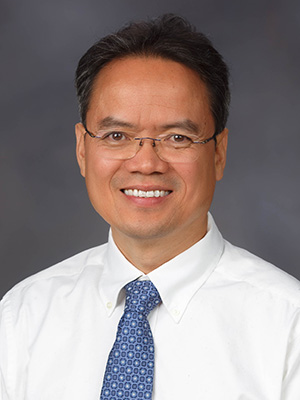
“The average number of body donation calls each year is 200 to 250, but we have to decline about half of those due to COVID-positive or other infectious disease or some other conditions,” Lu said.
There are other disqualifying circumstances, such as recent surgery and the presence of certain conditions, and there are weight and height restrictions. Lately, the need for more donors has risen, Lu said. Those interested in giving their bodies to science can learn how online.
The average age of those who give is 80 to 85, which makes an exception of Henry Reed Owens of Olive Branch.
A bricklayer, house painter and general factotum, Owens was 69 when he died. He had two girls, one boy, “and one wife – for 49 years, my mom,” said Marilyn Terry of Memphis, who attended the tribute.
There wasn’t anything he wouldn’t do for anybody, said his sister, Debra Owens of Olive Branch. “He would give them his last money.
“We came here to pay our last respects and to help with closure, because we really never had closure.”
That, too, is what the Ceremony of Thanksgiving is about, said Linda McComb, hospital chaplain. “Giving thanks softens our pain,” she said to the families, “and kindles in our heart genuine hope.”
-------------
A recording of the ceremony is available here.


